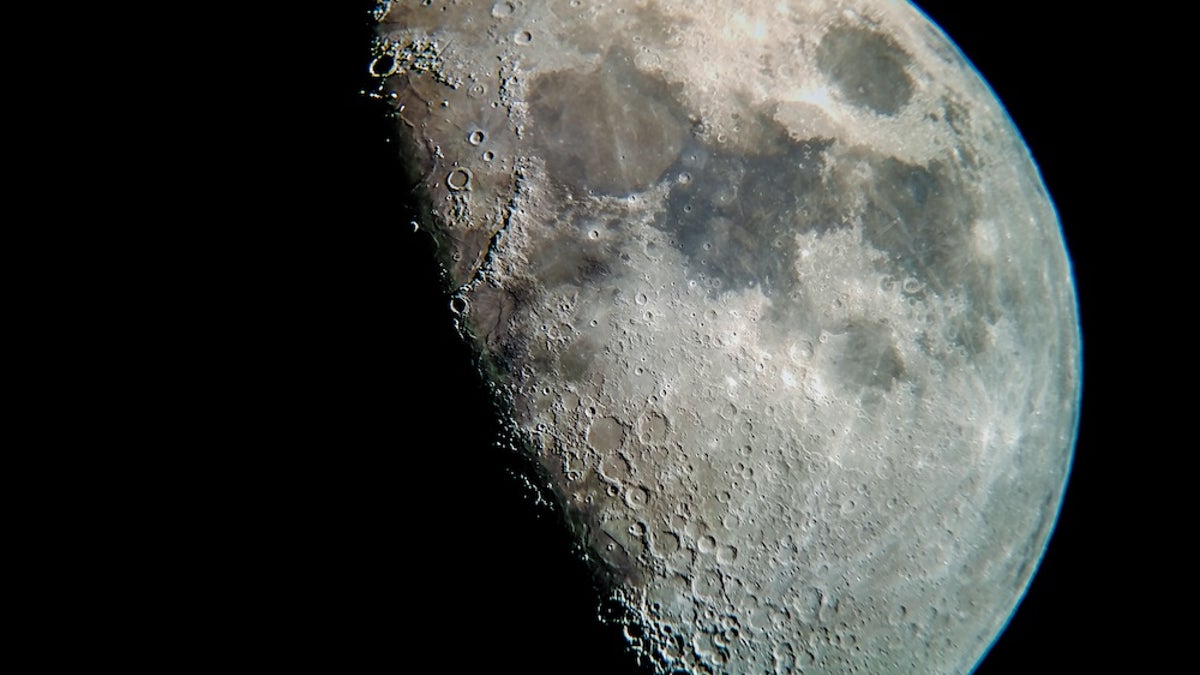Moon mystery solved? Study suggests giant space rock hit Earth 4.5B years ago
{{#rendered}} {{/rendered}}A new study suggests that the formation of Earth's Moon may have stemmed from a giant space rock that hit our planet nearly 4.5 billion years ago, while it was still forming.
The research, published in the scientific journal Nature, suggests that the previous explanation, two protoplanets colliding (including one known as Theia), may not be entirely correct.
"Here we propose that a giant, solid impactor hit the proto-Earth while it was covered with a magma ocean, under the conventional collision conditions," the researchers wrote in the study's abstract.
{{#rendered}} {{/rendered}}CHINA PLANS TO BUILD A BASE NEAR THE MOON'S SOUTH POLE
There has been no shortage of theories on how the Moon formed over the years, including the aforementioned protoplanet collision. But it's the possibility of magma from the still-nascent Earth that has never been pondered before.
"Prior work on lunar formation basically ignored the effect of the magma ocean," the study's lead author, Natsuki Hosono, told Space.com in an interview. "Our research concluded that the magma ocean is one of the most important things for the moon-forming giant impact."
{{#rendered}} {{/rendered}}"These calculations demonstrate that, because of the large difference in shock heating between silicate melts and solids (rocks), a substantial fraction of the ejected, Moon-forming material is derived from the magma ocean, even in a highly oblique collision." the study abstract added.

(NASA/Thomas Campbell)
If the two protoplanets did collide, then the Moon should be made up of approximately 60 percent of Theia's material, according to computer models that have run the "Giant Impact Hypothesis" scenario, Space.com added. However, rock samples that have been collected of the lunar surface show the Moon is strikingly similar to the Earth.
In January, researchers described a chunk of Earth that could be 4.1 billion years old and has been described as the planet's "oldest rock" was found and dug up on the Moon by Apollo astronauts.
{{#rendered}} {{/rendered}}Last month, NASA announced it had chosen nine teams, giving them a total of $8 million, to help study lunar samples collected during the Apollo space missions for the first time in an effort to better understand the Moon, as well as help prepare for future space exploration.
The Moon has been a source of fascination for humanity for eons and since the Apollo space missions of the mid-20th-century, humanity's knowledge about our celestial satellite has increased significantly.
Scientists recently learned that the Moon loses water when meteoroids smack its surface, according to a study published in March.
{{#rendered}} {{/rendered}}NASA's ARTEMIS mission also revealed that solar winds greatly impact the lunar surface and expose it to radiation from the Sun, leaving scars on the surface, akin to a "sunburn," due to the Moon's weak magnetic field.
